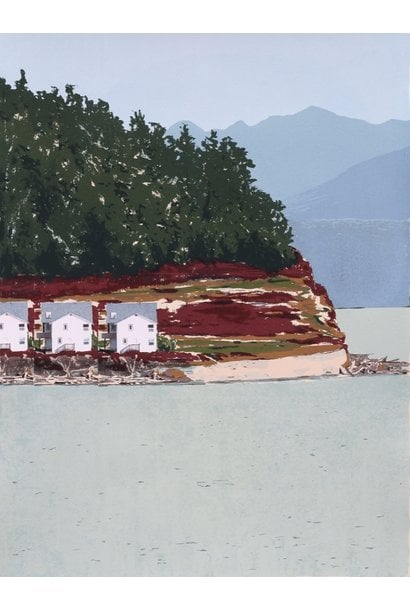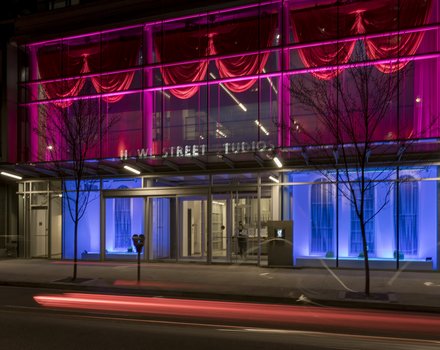

Cara Seccafien & Matthew Van Asselt “Please Leave Nothing”, Cara Seccafien & Matthew Van Asselt
C$ 0.00 Excl. tax
- File number: EXHI1038
...
An exhibition of new work by scholarship residents Cara Seccafien and Matthew Van Asselt opens on Thursday June 5 from 6 to 9pm, and continues until Sunday June 29 at 5pm.
Cara Seccafien is a Vancouver-based emerging artist originally from Edmonton. She completed her Bachelor of Fine Art degree at the University of Alberta. Her current artwork is inspired by the social control of gender, sexuality, health, pathology, and hygiene. Cara has received several recognitions for her artistic achievements including the Top 100 Undergraduates of 2012 from Wanderder Magazine and the Justine Angelina Carswell Memorial Award in Fine Arts in 2011. In addition to working as an artist and exhibiting regularly, she is an active community member. She is involved with Gallery Gachet in the Downtown Eastside, where she has been known to teach accessible computer workshops, make posters, and send emails.
Her works in this exhibition break the monopoly of hetero-normative visual culture. The depicted bodies are steeped in symbols of sexuality and voyeurism. Stereotypically and in popular culture, hula hooping is an intersection between innocent childish behaviours and prescribed female sexuality. In these images she strives to represent the body as both innocent and sexualized at once, using the hula hoop as a starting point. Furthermore, these images are part of a larger study of instructed bodies. The found text is one example of how institutionalized and normative society defines the parameters of gender, sexuality, hygiene, physical and mental health, and usefulness.
Matthew Van Asselt is a printmaker living and working in Vancouver. He graduated with a BFA at Purchase College, State University of New York, in May 2013. Matthew’s work lies somewhere between satirical and earnest. His reactions to our built environment are proposed futures that walk the fine line between the absurd and the expected, or sometimes are merely reflections of moments that already exist, but suggest the same paradox. Matthew plays with an underlying utopian drive, creating worlds that, though clearly referential to our own, are far more fantastical, or that take ideas that do exist a little too far.
Matthew’s process begins with photographs, which he obsessively takes everywhere he goes. With these photos he makes collages and drawings which finally get resolved as silkscreen prints. Though clearly photographic in nature, Matthew’s prints take on an added layer of obscurity through this translation by hand, depicting worlds that reference “the real” but are a little too good (or bad) to be true.



